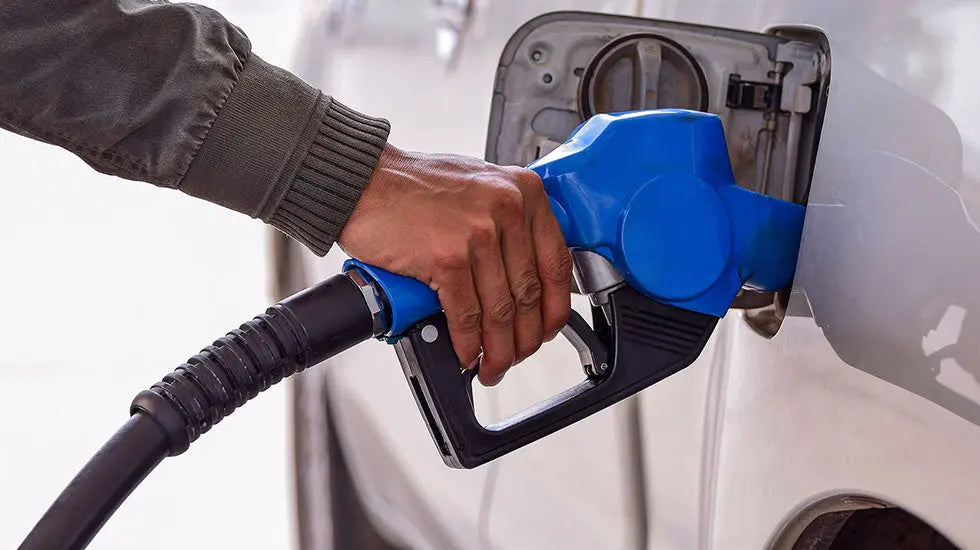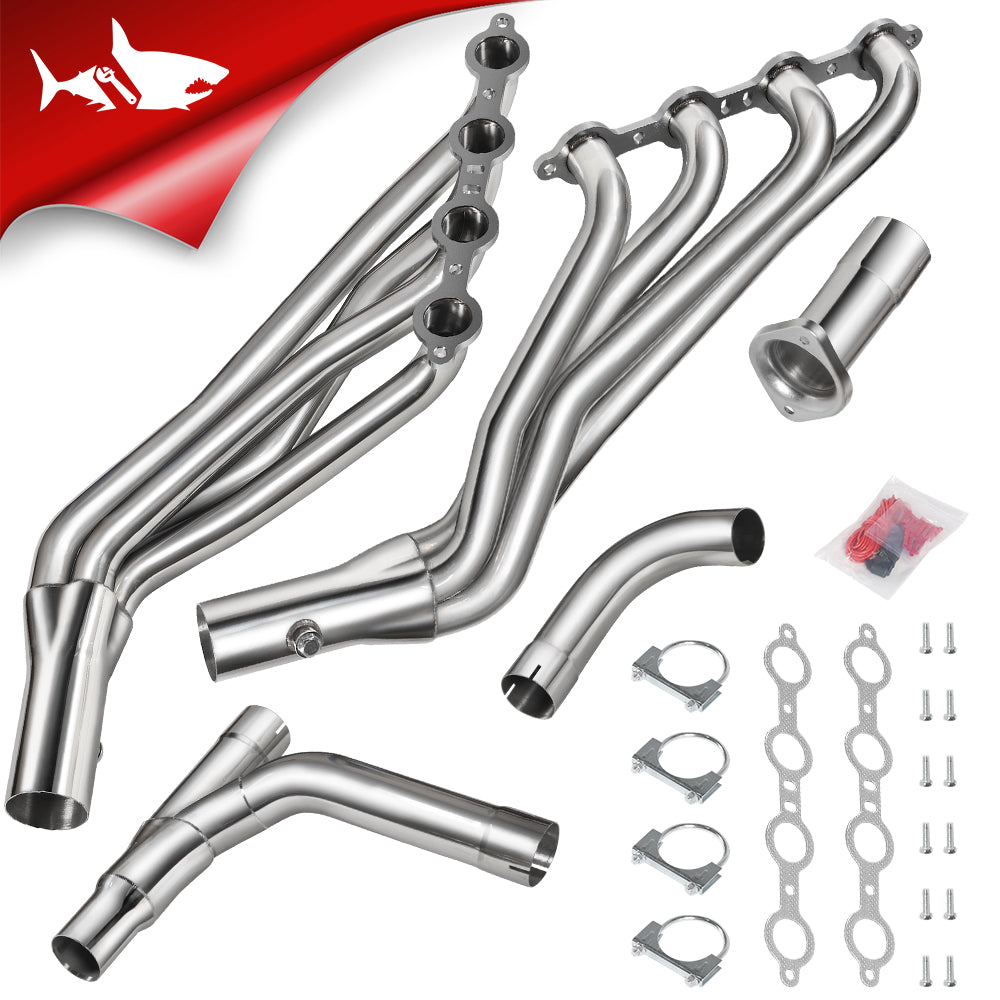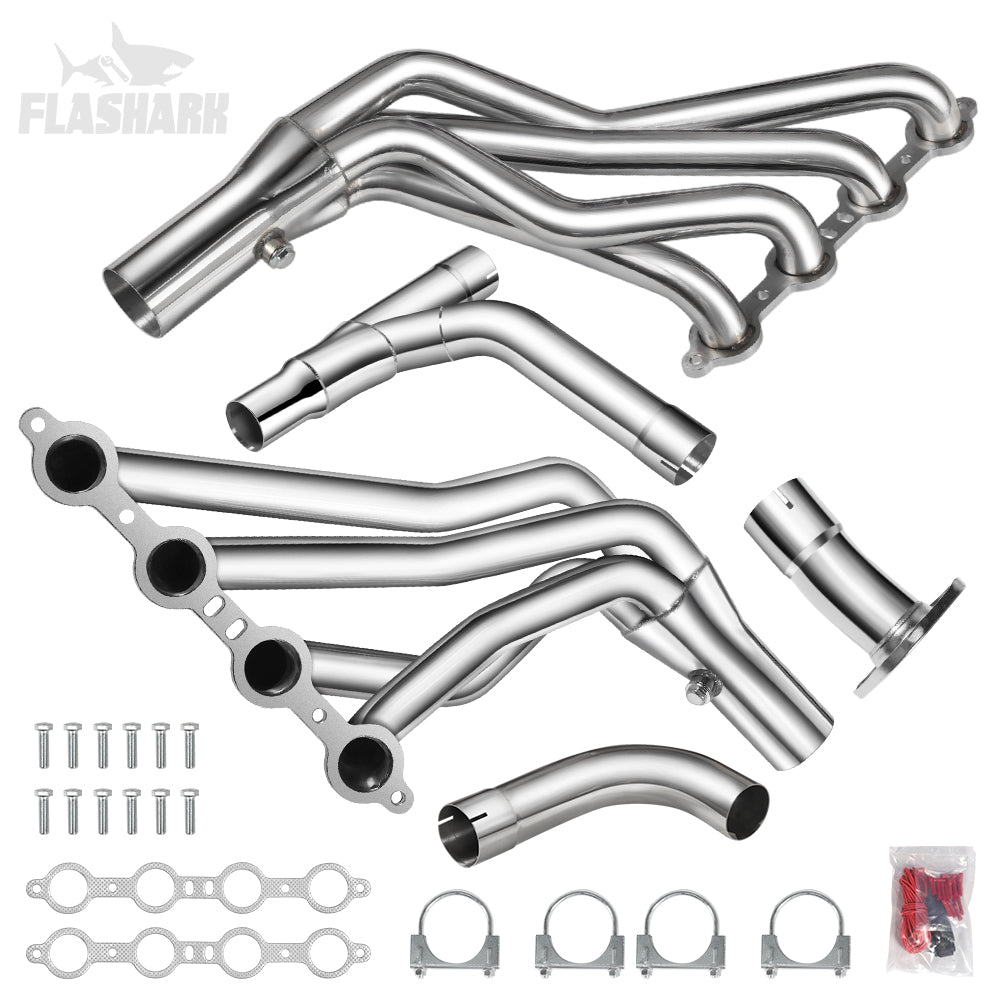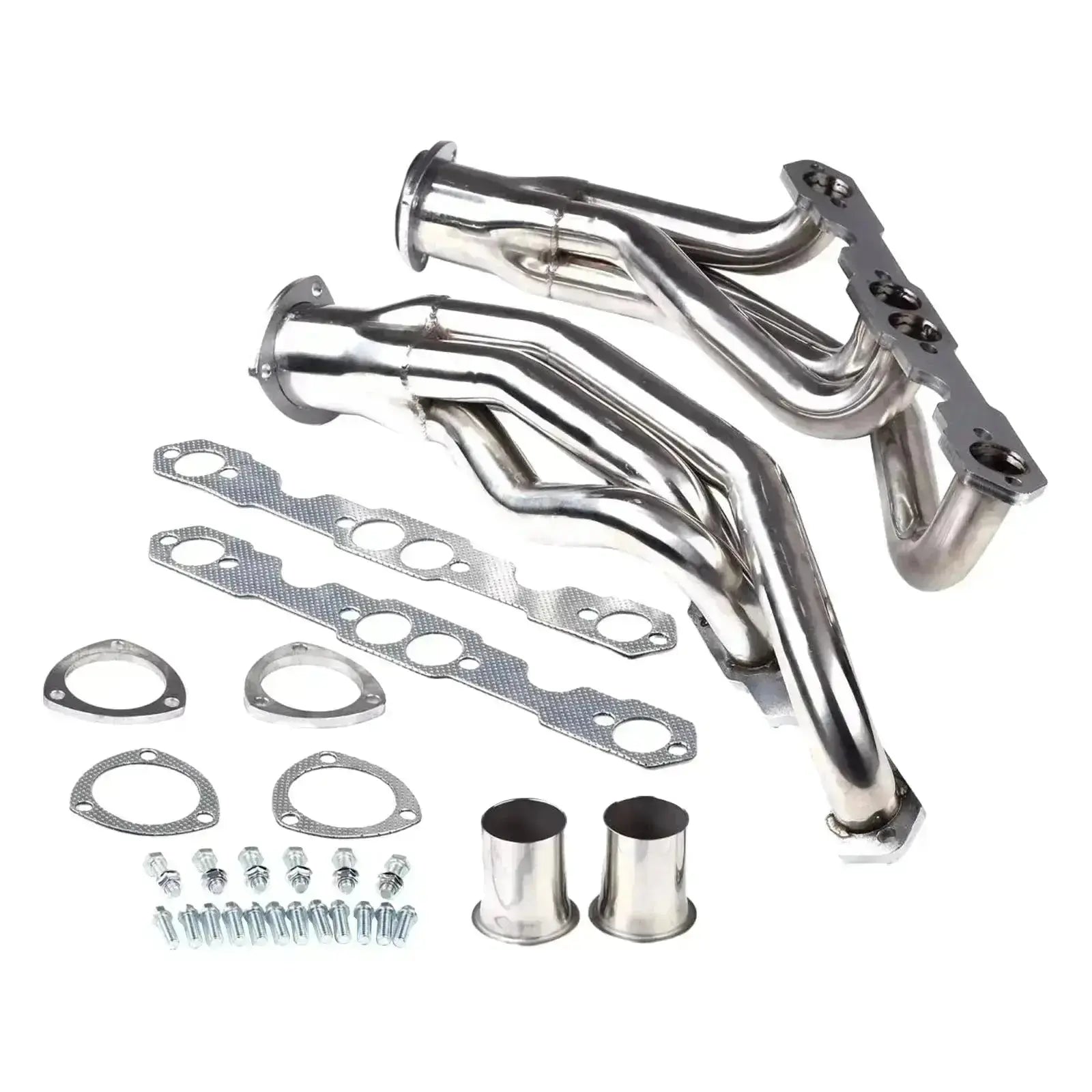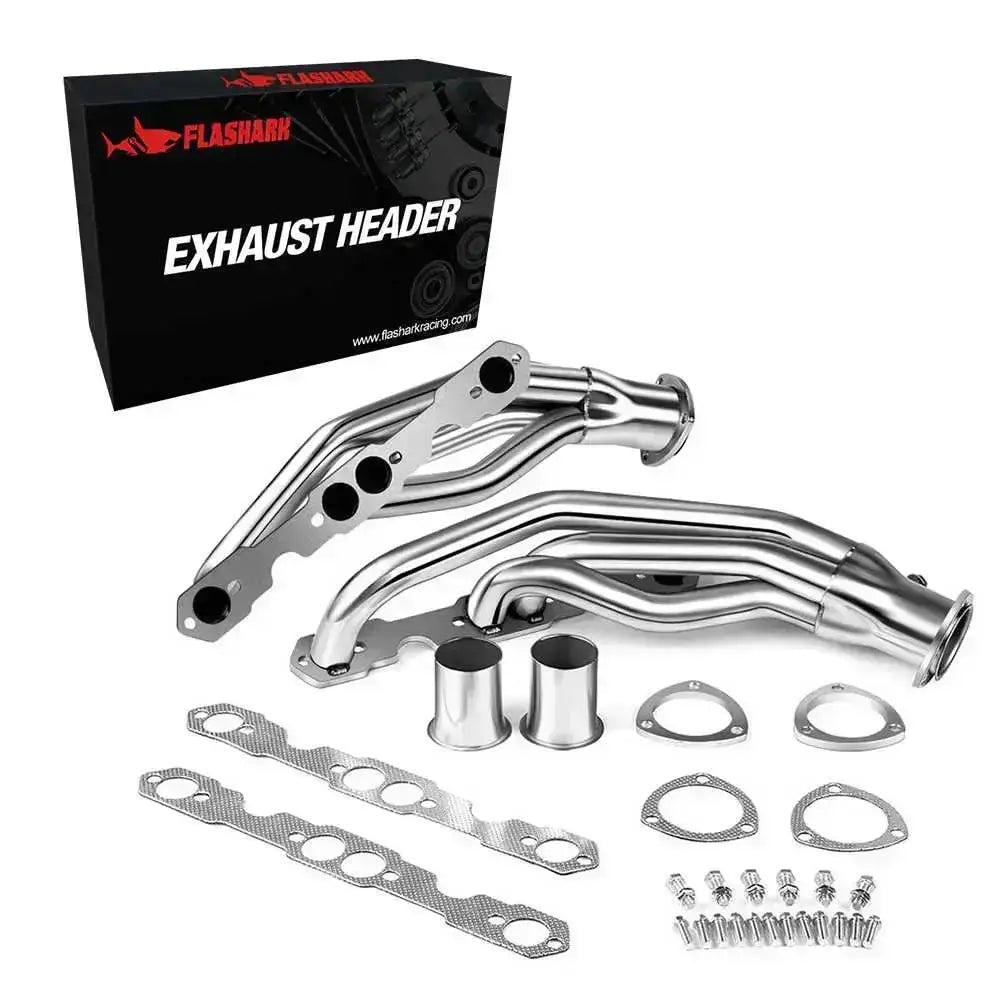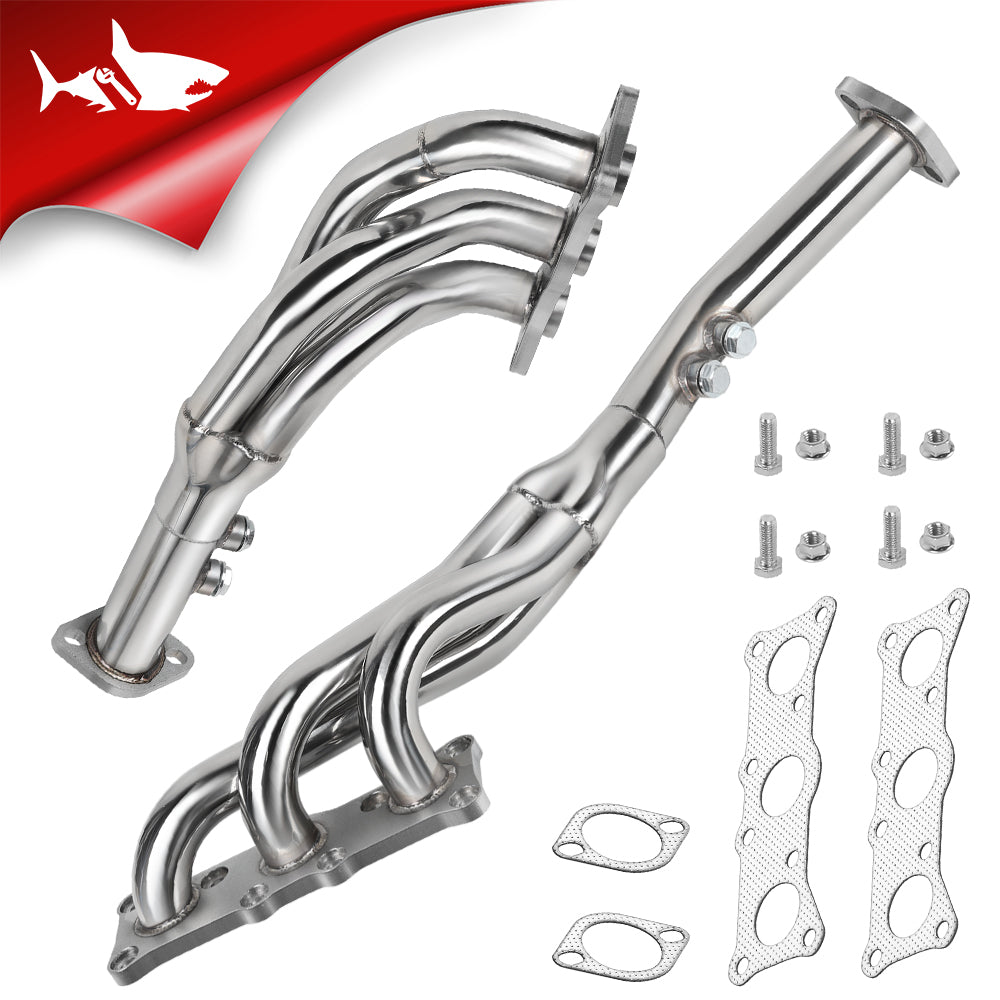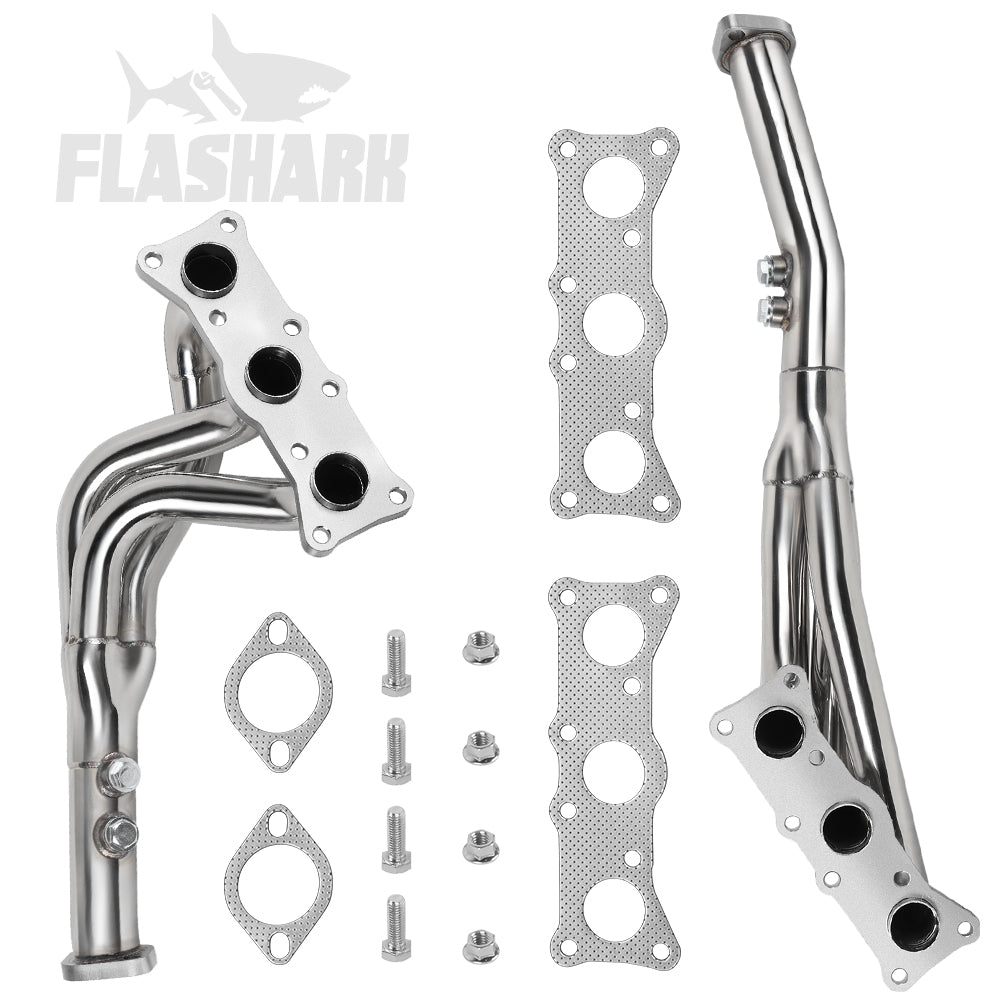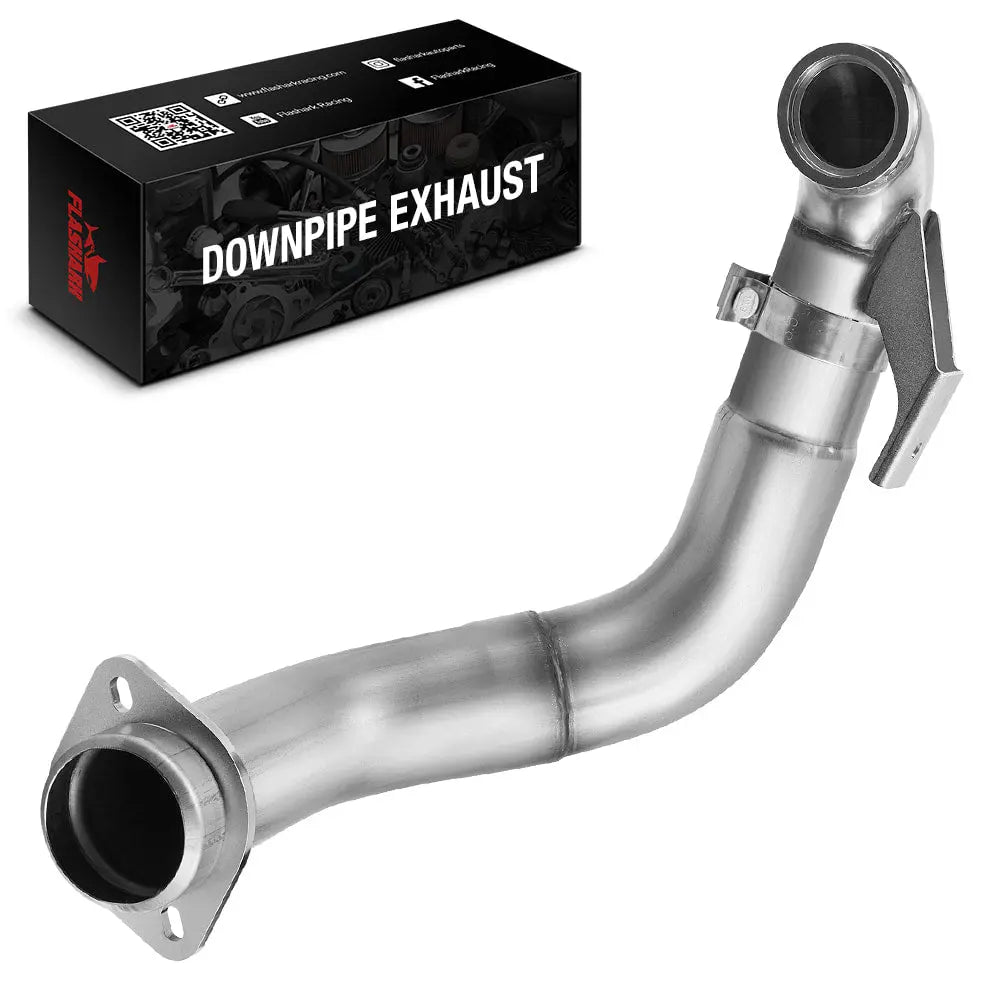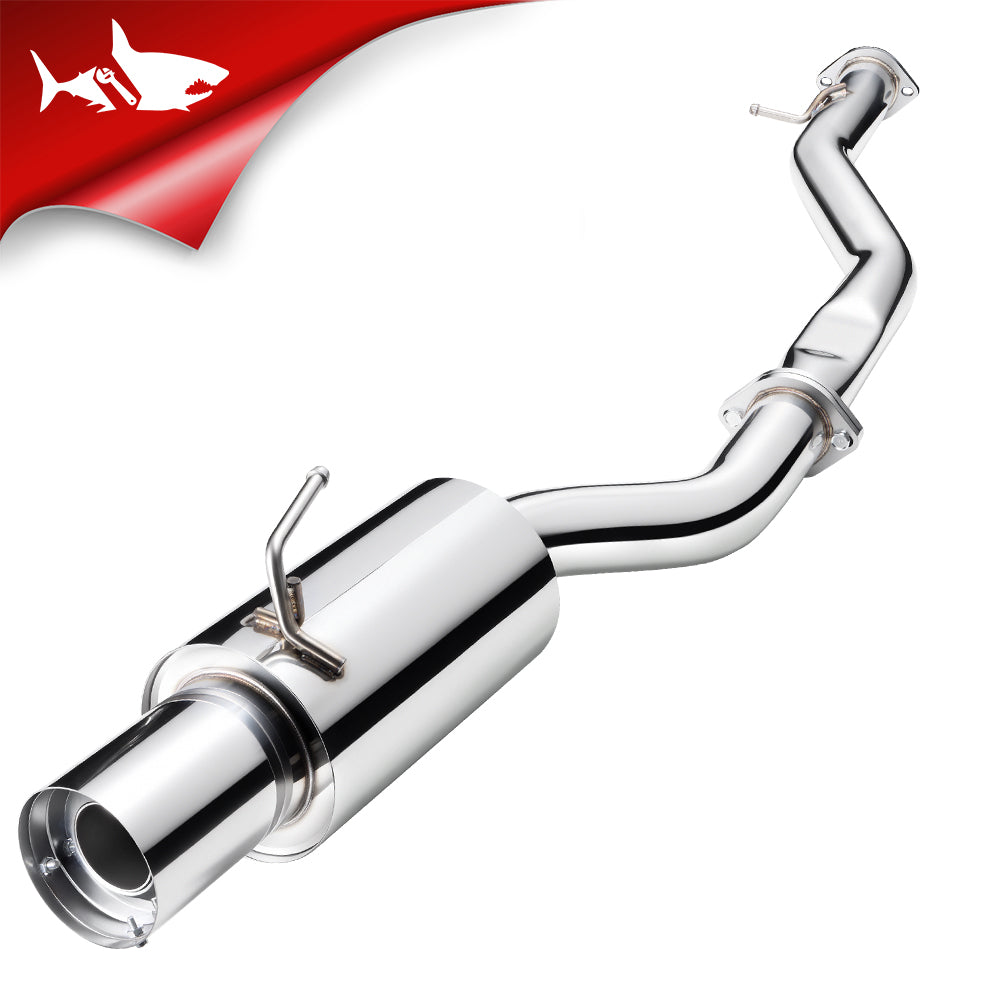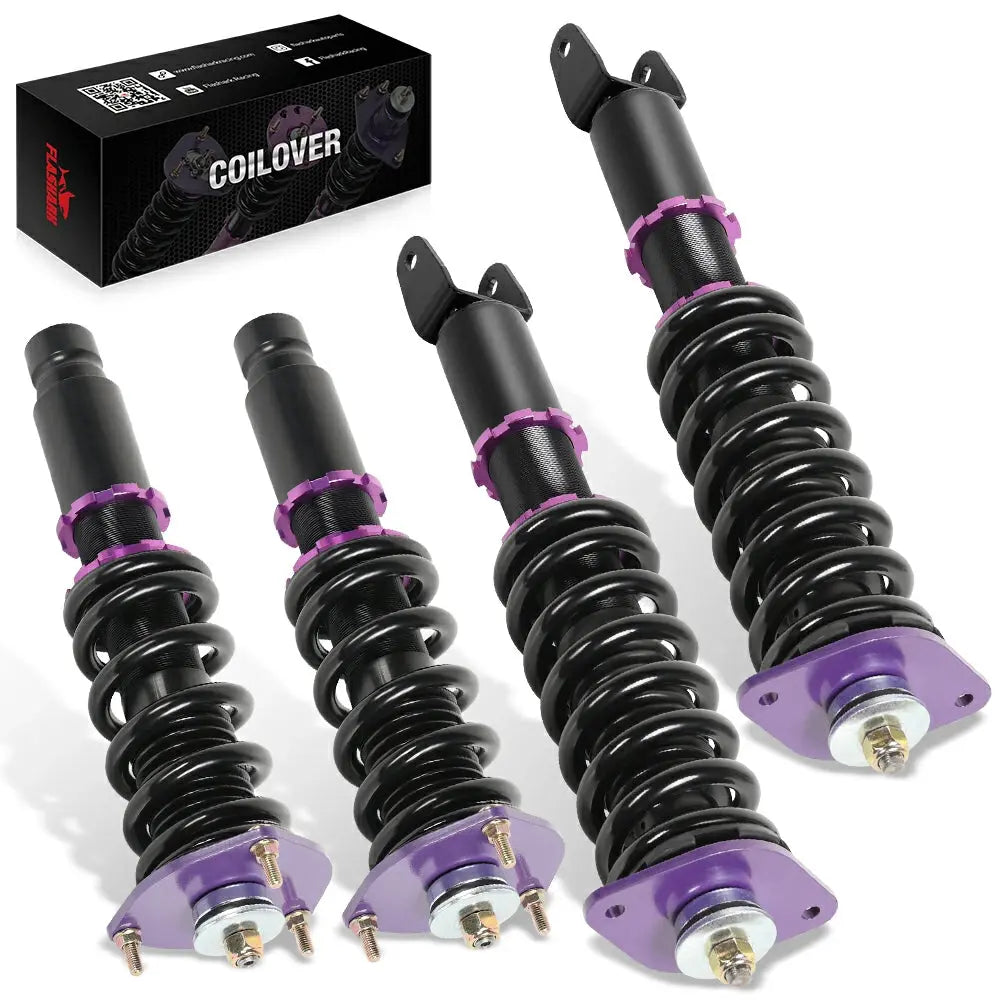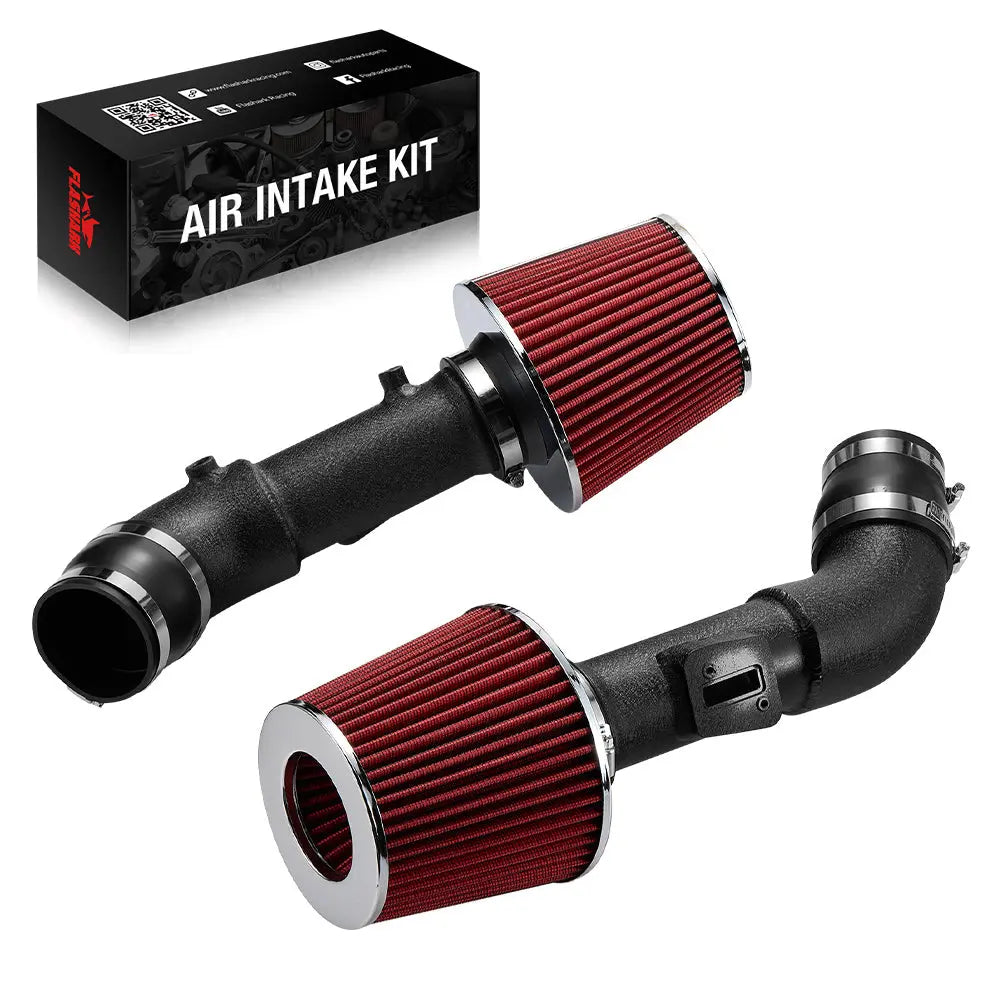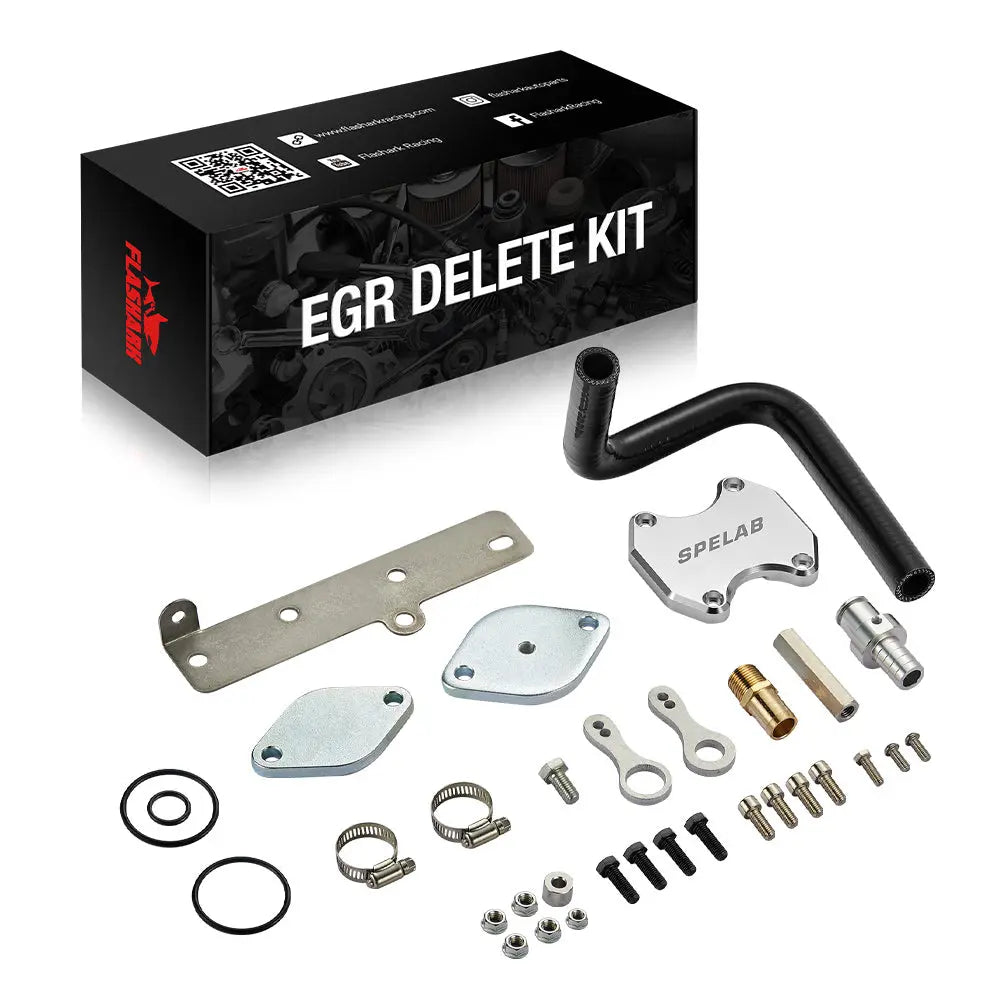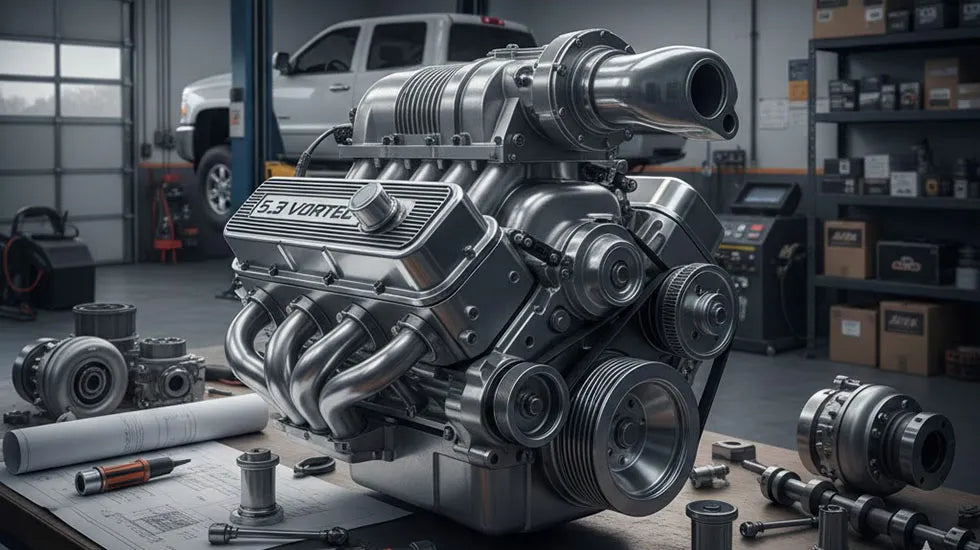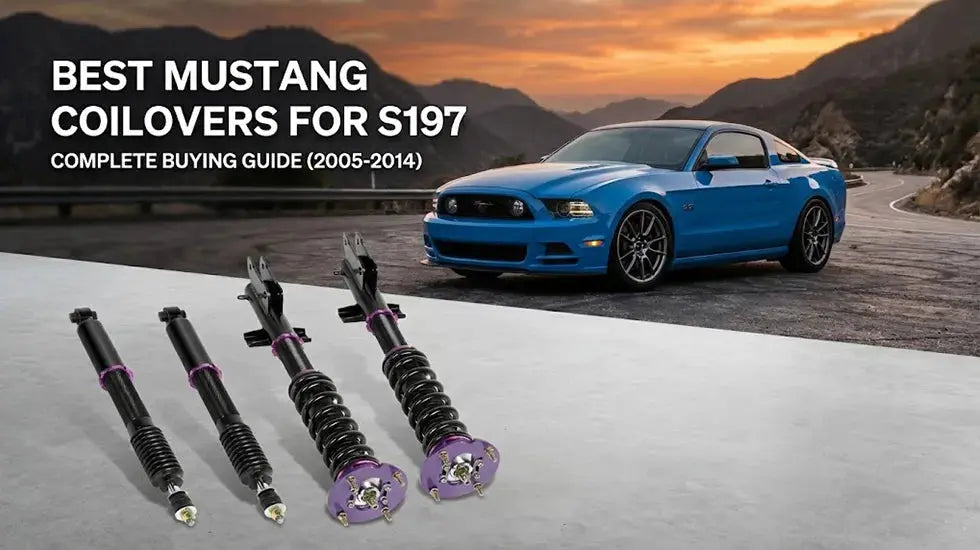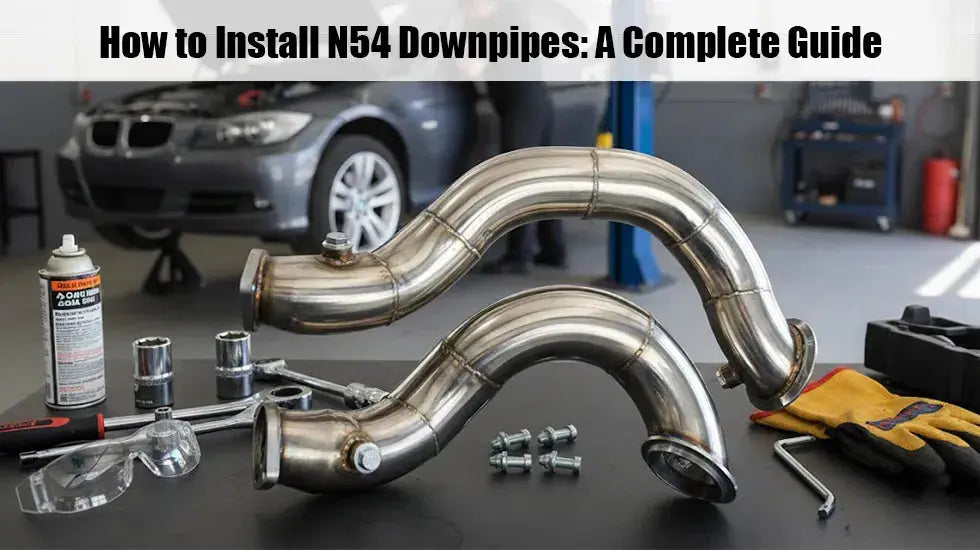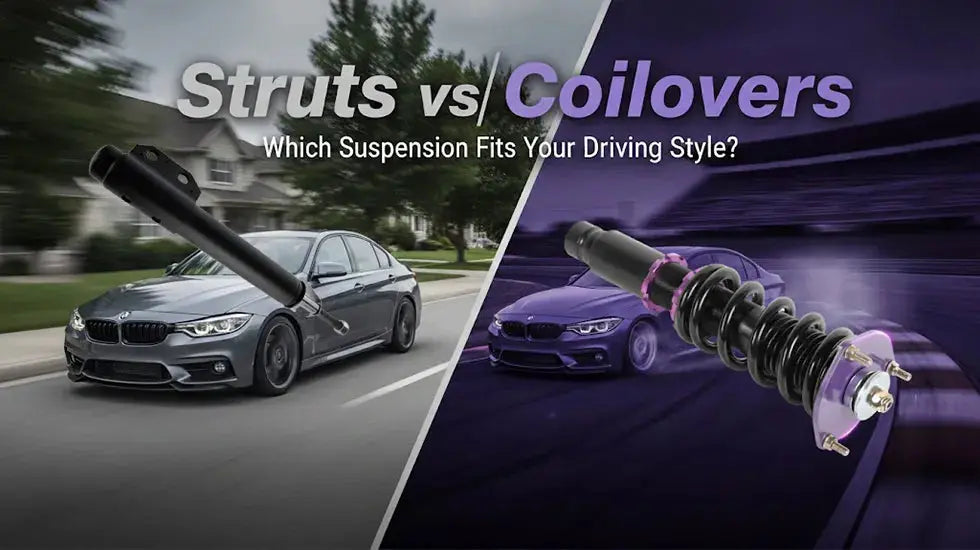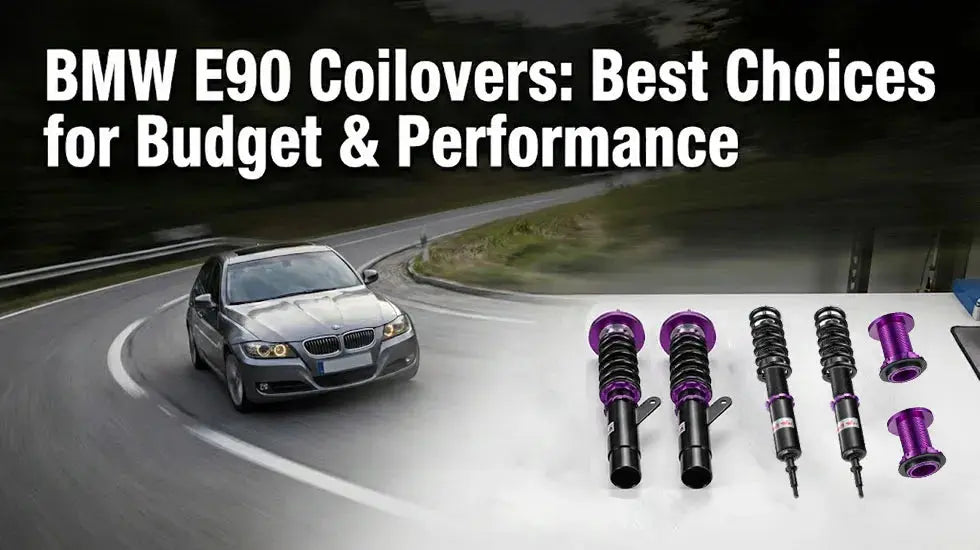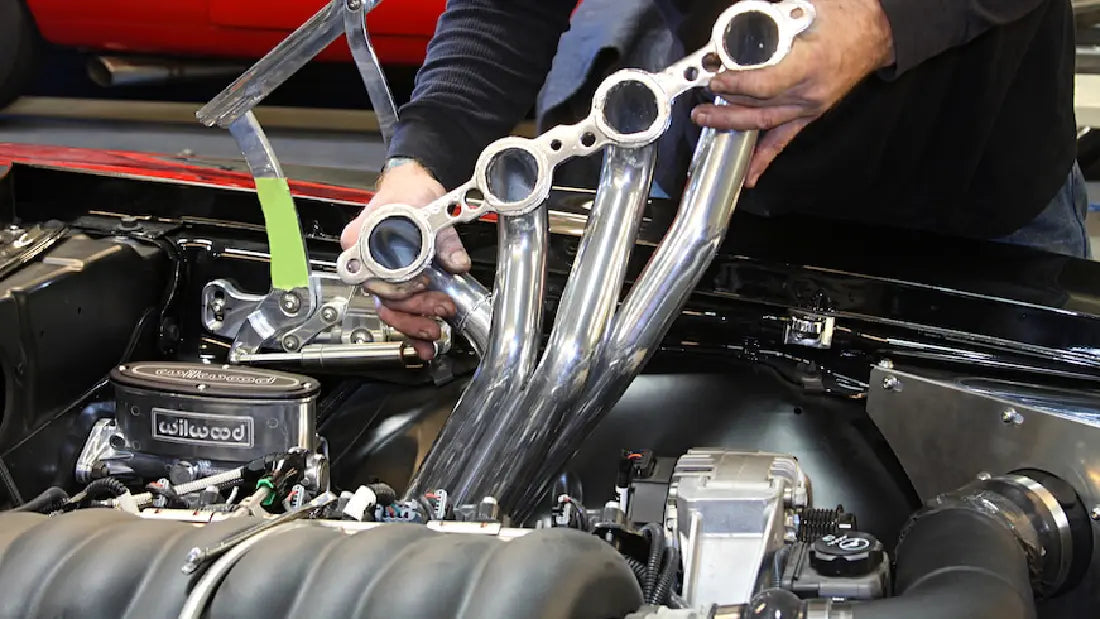A medida que las reservas de combustibles fósiles se agotan rápidamente y los precios del combustible siguen subiendo, mejorar el ahorro de combustible se ha vuelto cada vez más esencial. Ya sea que busque ahorrar dinero en la gasolinera o reducir su impacto ambiental, mejorar la eficiencia de combustible de su vehículo es una decisión inteligente. En este artículo, le brindaremos consejos prácticos para ayudarle a optimizar el consumo de combustible, ahorrar dinero y prolongar la vida útil de su vehículo.
Por qué es importante el ahorro de combustible
El ahorro de combustible se refiere a la distancia que un vehículo puede recorrer con una cantidad determinada de combustible, generalmente medida en millas por galón (MPG). Con la escasez de recursos naturales y el aumento constante de los precios del combustible, mejorar el ahorro de combustible no solo ayuda a reducir costos, sino que también reduce la huella de carbono y contribuye a un medio ambiente más limpio. Ya sea que se desplace al trabajo, haga un viaje por carretera o simplemente haga recados, cada gota de combustible ahorrada marca la diferencia.
Factores clave que afectan el ahorro de combustible
Si bien el diseño y la tecnología del motor de un vehículo son fundamentales para el ahorro de combustible, los hábitos de conducción también influyen significativamente en el consumo. Analicemos algunos hábitos comunes que afectan el ahorro de combustible y aprendamos a mejorarlos.

1. Aceleración y frenado agresivos
Al acelerar rápidamente o frenar bruscamente, el motor requiere más combustible para generar la potencia repentina. Esto provoca un consumo innecesario. Para evitarlo, intente acelerar y desacelerar suavemente . Un patrón de aceleración y frenado gradual no solo ahorra combustible, sino que también reduce el desgaste de frenos y neumáticos.
Al adoptar un estilo de conducción suave , puede reducir significativamente el consumo de combustible y aumentar la vida útil de los componentes de su automóvil.
2. Conducción a alta velocidad
Aunque puede ser tentador conducir rápido en carreteras abiertas, conducir a alta velocidad aumenta la resistencia del aire, obligando al motor a esforzarse más para superarla. Este esfuerzo adicional se traduce en un mayor consumo de combustible.
Conducir a velocidades superiores a 105-112 km/h puede reducir el consumo de combustible hasta en un 15 % en comparación con conducir a 105 km/h. Por lo tanto, mantener un rango de velocidad moderado (105-112 km/h) es crucial para mantener un consumo óptimo. Conducir a alta velocidad no solo desperdicia combustible, sino que también supone un riesgo para la seguridad.
3. Aceleración y desaceleración frecuentes
Cambiar constantemente de velocidad (acelerar y luego frenar) obliga al motor a ajustarse constantemente, lo que consume más combustible. Esto es especialmente común en tráfico denso o en calles urbanas.
Usar el control de crucero en autopistas ayuda a mantener una velocidad constante, reduciendo la necesidad de acelerar y frenar con frecuencia. Esto puede mejorar significativamente el consumo de combustible, especialmente en carreteras llanas.
4. Llevar exceso de peso
Es fácil acumular objetos extra en el coche, como llantas de repuesto o herramientas, pero llevar peso innecesario aumenta la exigencia del motor. Cuanto más pesado sea el vehículo, más combustible necesitará para circular.
Retire del vehículo los artículos que no use con frecuencia. Esto aligerará la carga y ayudará a mejorar el consumo de combustible.
5. Ralentí durante largos períodos
Ya sea que estés atascado en el tráfico o esperando a alguien, dejar el motor encendido al ralentí desperdicia combustible. Si planeas estar detenido más de un minuto, es mejor apagar el motor que dejarlo al ralentí.
Al apagar el motor durante paradas prolongadas, ahorra más combustible que manteniéndolo en marcha. Los coches modernos incluso vienen equipados con una función de arranque y parada para ahorrar combustible en estas situaciones.
Consejos para mejorar la eficiencia del combustible
En un mundo donde los precios de la gasolina se disparan, desperdiciar gasolina ya no es una opción. Aquí tienes algunos consejos para reducir tus visitas a la gasolinera.
Mantenimiento rutinario del motor
Todo lo que se construye aquí en la Tierra necesita mantenimiento para funcionar mejor y durar más. Lo mismo aplica para tu auto. Un auto bien mantenido con un motor de primera calidad siempre tendrá un mejor consumo de combustible.
Si desea ver una mejora en el ahorro de combustible, debería llevar su vehículo a revisión cada 6 meses o según lo recomendado por la compañía. Si necesita reemplazar algún componente, hágalo sin pensarlo dos veces. Esto reducirá sus costos a largo plazo.
Optimización del sistema de admisión
El sistema de admisión de aire es básicamente el filtro de aire. Su función principal es filtrar el polvo, el polen y otras impurezas del aire que entra al motor.
Esto obstruye el filtro y reduce la cantidad de aire que entra al motor. Como resultado, disminuye el suministro de oxígeno al proceso de combustión. En tales situaciones, el motor puede empezar a consumir mucho combustible en lugar de aire, lo que resulta en un bajo consumo de combustible.
También puede optar por instalar un sistema de admisión de aire frío para un mayor ahorro de combustible. Las admisiones de aire frío son modificaciones de posventa que mejoran significativamente el rendimiento del motor y el ahorro de combustible.
Actualización del sistema de escape
El ahorro de combustible en un vehículo comienza desde el sistema de escape. Cuanto mejor sea el escape, mejor será el rendimiento y la eficiencia del combustible.
Procure siempre mantener el escape en buen estado. Al acudir a un centro de servicio, preste atención a las fugas . El sistema de escape es más propenso a sufrir fugas que cualquier otro componente.
Si quieres mejorar tu experiencia, incluso puedes actualizarla con sistemas de escape de repuesto. Sin embargo, ten en cuenta las consideraciones legales. Muchas jurisdicciones tienen normativas de ruido y emisiones muy estrictas.
Actualizaciones del sistema de combustible
Hablando de eficiencia de combustible, el segundo componente importante es el sistema de combustible. Los dos componentes que controlan el consumo de combustible en el sistema son los inyectores y la bomba de combustible.
En otras palabras, el inyector se encarga de medir la cantidad de combustible que llega a la cámara de combustión. La bomba de combustible se refiere a cualquier tipo de bomba de suministro de combustible que impulsa el combustible al motor a muy alta presión.
La mayoría de los autos modernos cuentan con estas características. Si su auto no las tiene, siempre puede actualizar el sistema de combustible y estos componentes para un mejor ahorro de combustible. Recuerde que, una vez instalados estos componentes, debe realizar una revisión y mantenimiento periódicos.
Compruebe el sistema de refrigeración
El sistema de refrigeración se encarga de mantener la temperatura adecuada en todo el sistema del motor. Algunos de sus componentes son el refrigerante, el termostato y el radiador.
Cualquier daño, fuga o acumulación de residuos en este componente puede afectar el motor y el ahorro de combustible. Por lo tanto, se recomienda revisar el refrigerante, cambiar el termostato cuando sea necesario y revisar el radiador siempre que sea posible.
Esto garantizará la eliminación del refrigerante usado y cualquier contaminación del sistema de refrigeración. Asimismo, se debe revisar el desgaste de la correa del ventilador.
Mejoras en los vehículos para aumentar el ahorro de combustible
Además de mejorar los hábitos de conducción y el mantenimiento del vehículo, ciertas mejoras pueden mejorar significativamente el consumo de combustible. Estas son algunas modificaciones populares que pueden ayudar a mejorar el consumo de combustible:
Selección y presión de los neumáticos
Los neumáticos son cruciales para el ahorro de combustible. Los neumáticos con baja resistencia a la rodadura reducen el esfuerzo que el vehículo necesita para desplazarse, lo que puede mejorar el consumo de combustible. Revise regularmente la presión de los neumáticos para asegurarse de que coincida con las recomendaciones del fabricante. Los neumáticos desinflados generan mayor resistencia a la rodadura, mientras que los inflados excesivos pueden provocar baches en la conducción.
Mantenga la presión adecuada de los neumáticos y considere cambiar a neumáticos de baja resistencia a la rodadura para mejorar la eficiencia del combustible.
Mejoras aerodinámicas
El diseño de su vehículo también puede afectar el consumo de combustible. Los autos más aerodinámicos experimentan menos resistencia al aire, lo que facilita que el motor mantenga la velocidad sin consumir combustible en exceso.
Si su vehículo no está optimizado para la aerodinámica, considere agregar kits aerodinámicos o portaequipajes para reducir la resistencia y mejorar la eficiencia del combustible.
Ajuste de la ECU
Para los entusiastas de los automóviles que buscan una solución más avanzada, el ajuste de la ECU (Unidad de Control del Motor) permite optimizar la inyección de combustible y el tiempo de encendido para una mayor eficiencia. Al ajustar el "cerebro" de su vehículo, puede mejorar su rendimiento y consumo de combustible.
Si está interesado en ajustar el rendimiento, la reprogramación de la ECU es una opción que vale la pena considerar para aumentar el ahorro de combustible y maximizar la potencia.
Los productos de calidad importan
Cada vez que reemplace cualquier pieza de su vehículo, elija las mejores piezas de alto rendimiento. Si las piezas de repuesto parecen más prometedoras de lo que valen, entonces elija las recomendadas por la compañía.
Los componentes optimizados proporcionan mayor eficiencia de combustible, más caballos de fuerza y torque, y son duraderos en comparación con las piezas tradicionales.
A continuación se muestra la lista de productos utilizados para mejorar el ahorro de combustible.
- Filtro de aire de alto flujo : como sugiere el nombre, este tipo de filtro de repuesto permite que llegue más aire a la cámara de combustión del motor.
- Sistema de escape de alto rendimiento : la instalación de un colector de escape reduce la contrapresión, mejora la respiración del motor y mejora el flujo de escape.
- Admisión de aire frío : reemplaza la admisión de aire restrictiva de fábrica con un sistema de alto flujo. Esto, a su vez, permitiría que un aire más frío y denso llegue al motor.
- Sistema de encendido de alto rendimiento : las bujías de mayor rendimiento garantizan una combustión más eficiente, lo que a su vez proporcionará un mejor ahorro de combustible.
- Inyectores de combustible : el suministro preciso de combustible puede proporcionar un mayor ahorro de combustible y un mayor rendimiento del motor.
- Bomba de combustible : una bomba de combustible de alto flujo proporciona un suministro de combustible adecuado al motor, especialmente en condiciones de alta demanda.
Conduzca más con menos combustible
Cada gota de combustible ahorrada significa menos emisiones y una huella de carbono más ligera: usted contribuye a un aire más limpio y a un medio ambiente más saludable para todos.
Primero, analiza tu conducción y realiza los ajustes necesarios. Segundo, algunos de los consejos de este artículo te ayudarán a evitar problemas. Asegúrate de detectar cualquier problema lo antes posible y cumple con los mantenimientos programados.
Por supuesto, puede actualizar a piezas de rendimiento del mercado de accesorios en cualquier momento, para lo cual puede visitar Flasharkracing para cualquier tipo de pieza de vehículo.

